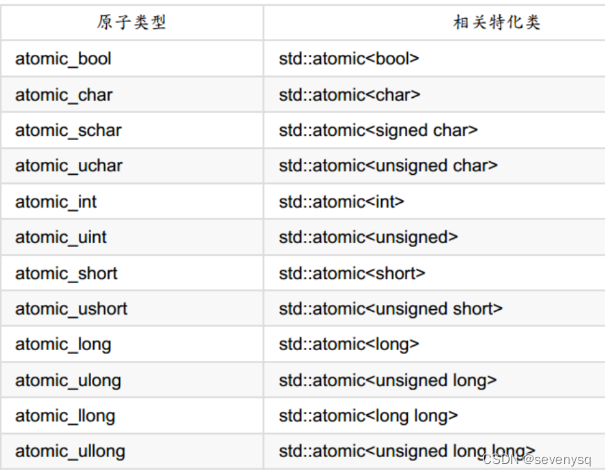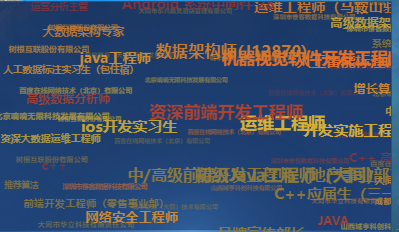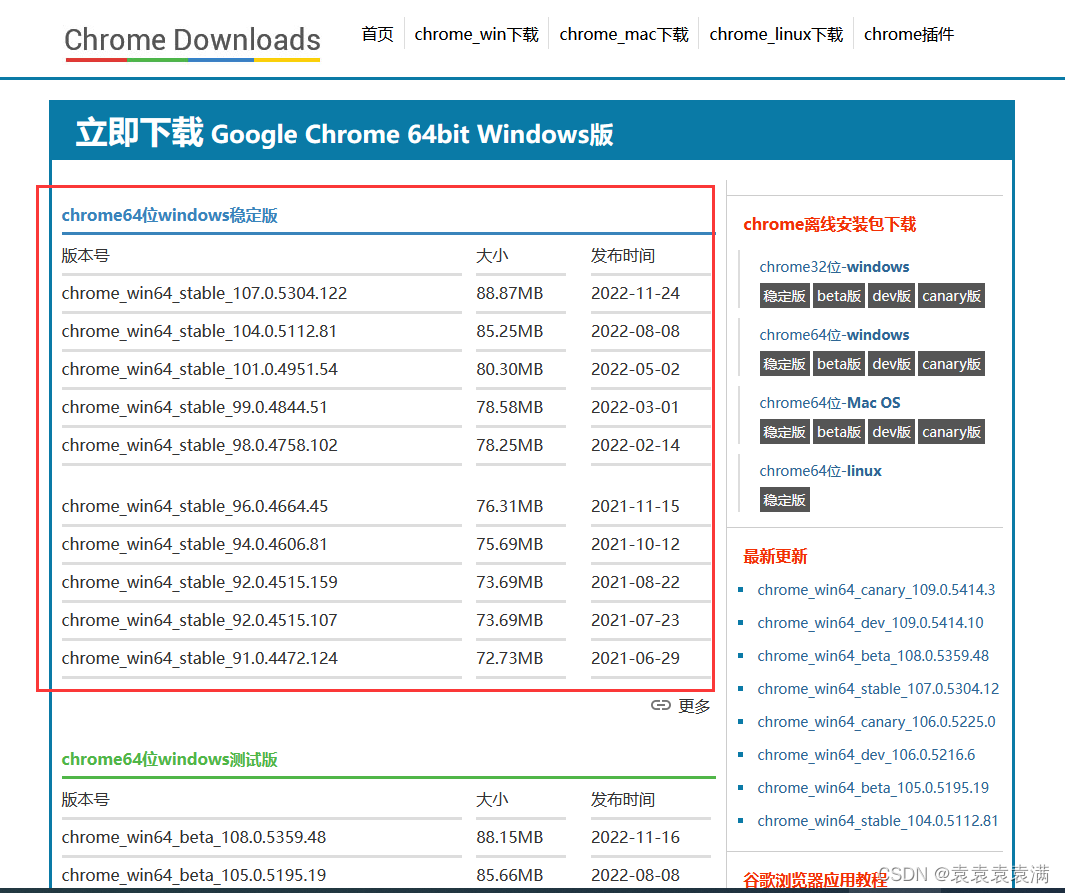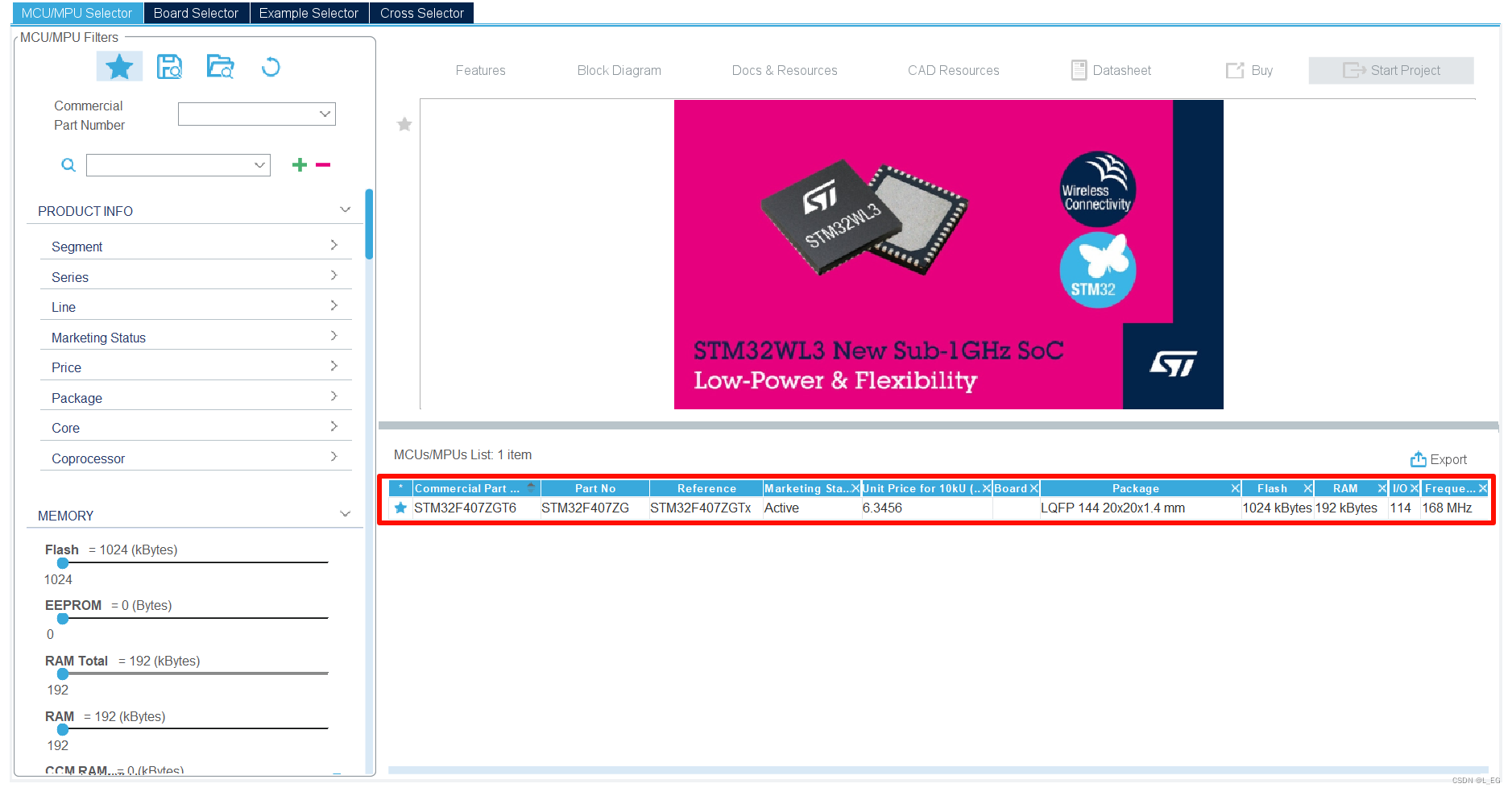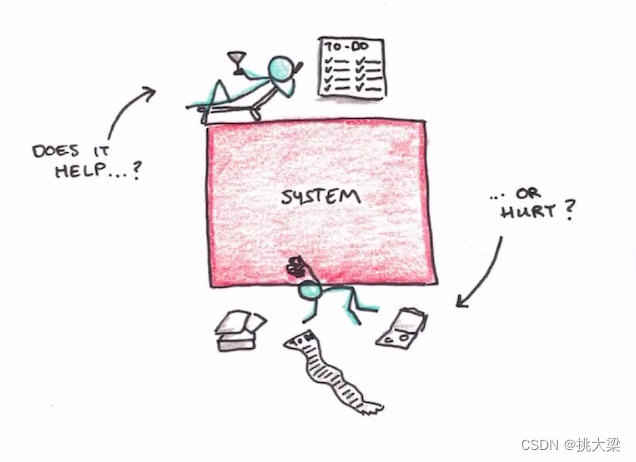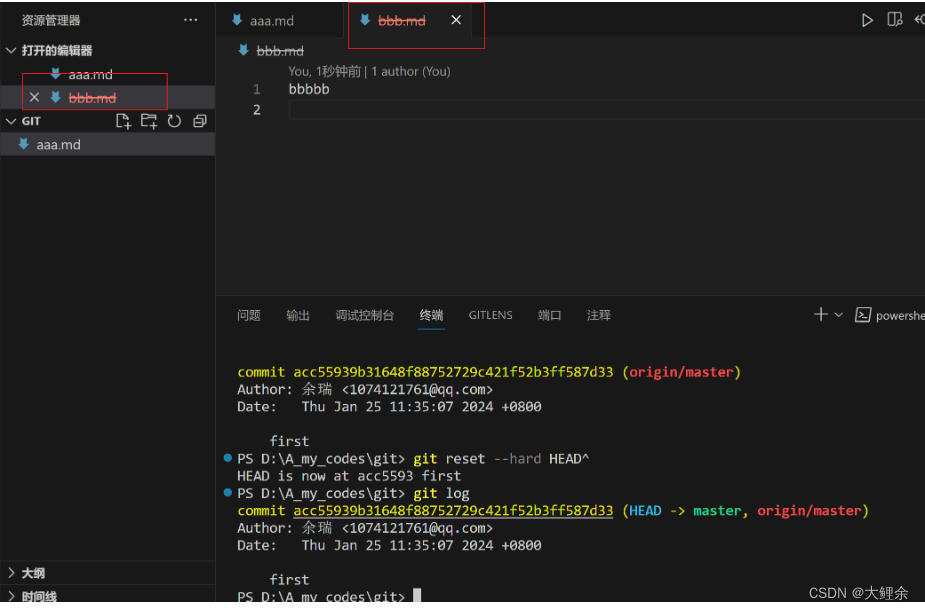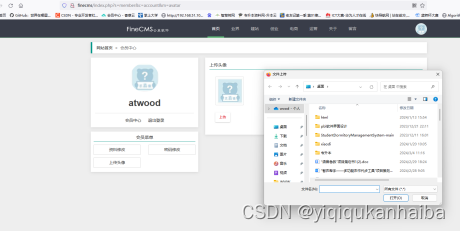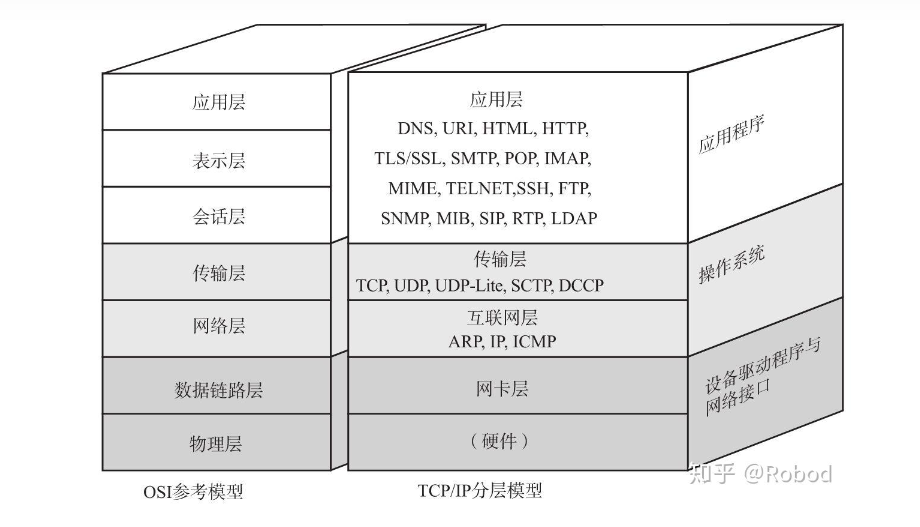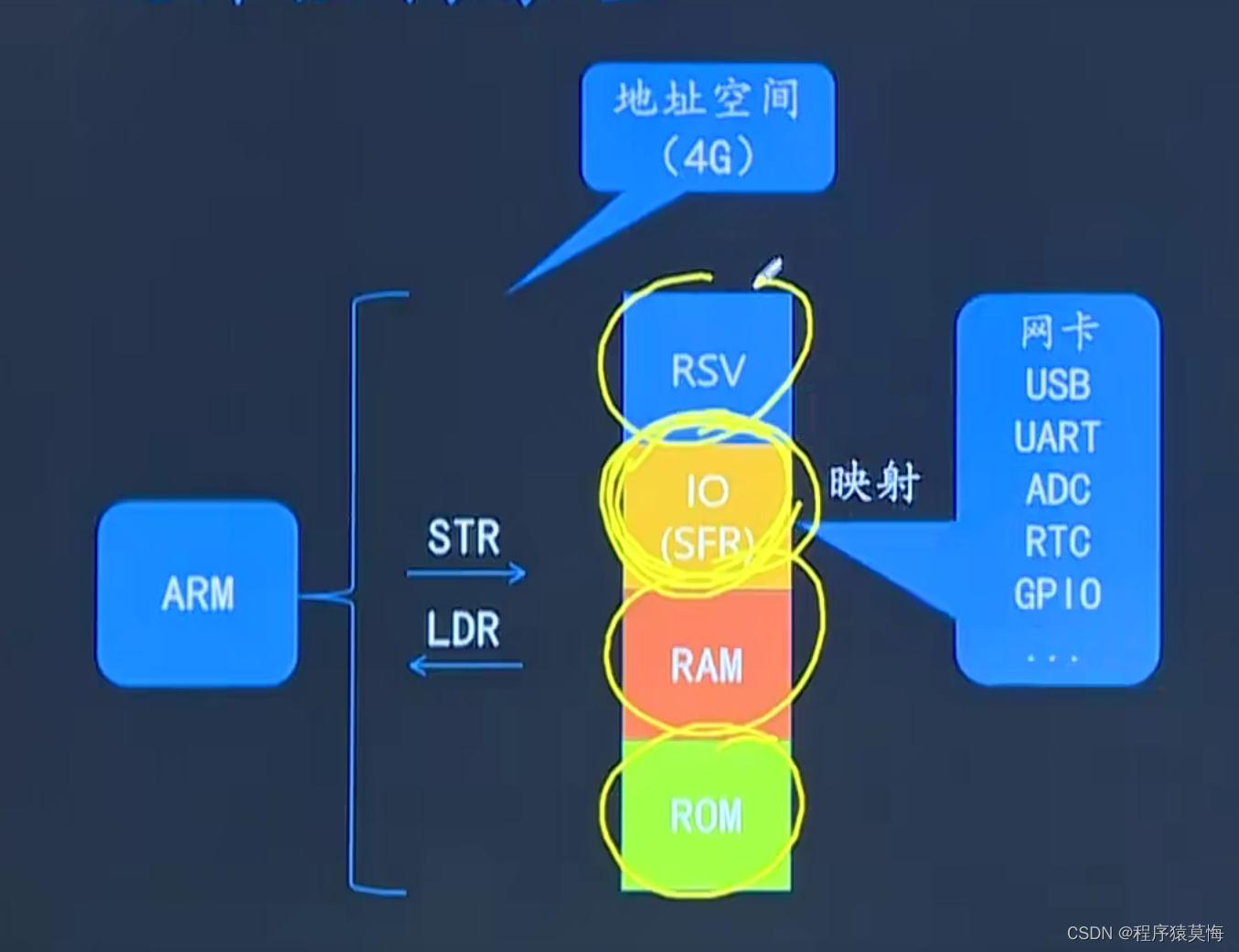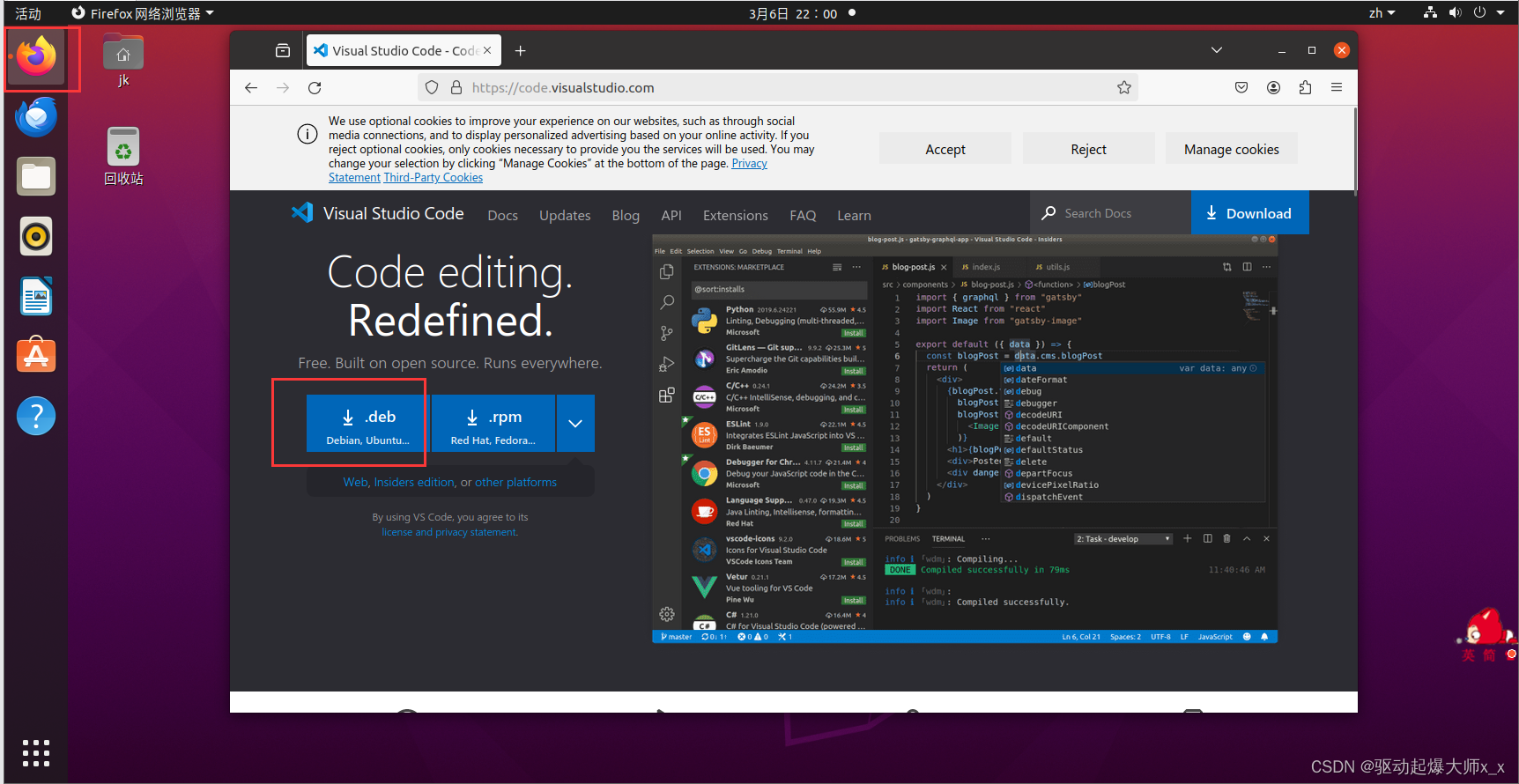#include<iostream>
#include<thread>
#include<string>
using namespace std;
void hello(string msg) {
for (int i = 0; i < 1000; i++) {
cout << i;
cout << endl;
}
}
int main() {
//1.创建线程
thread thread1(hello,"hello Thread");//打印的就是hello Thread
//主程序等待 看我这个程序运行完了吗
//第三个知识点:thread1.join();//当上一个线程没有结束之前主线程是不会结束的
//主线程结束之后我的线程依然可以再后台运行 那就是分离线程detach()
//第四个知识点:thread1.detach();//这个就是主线程和子线程分离
//第五个知识点:
bool isJoin = thread1.joinable();//针对一个线程,可以调用detach,或者join。两者是互斥的关系,
//也就说一旦调用了join,detach就不能再调用了,反之亦成立。
//判断是否已经使用过join或者detach可以用joinable。
if (isJoin) {
thread1.join();
}
cout << "over" << endl;
return 0;
}
std::ref传递引用类型
#include<iostream>
#include<thread>
#include<string>
using namespace std;
void foo(int& x) {
x += 1;
}
int main() {
int a = 1;
//thread t(foo, 1);//这个1不是引用是临时变量穿不进去 就释放掉了
//所以要用ref 修饰这个a证明这个a就是它需要的引用变量
thread t(foo, ref(a));
t.join();
cout << a << endl;
return 0;
}
类成员函数作为入口函数,类对象被提前释放
错误示例:
#include <iostream>
#include <thread>
class MyClass {
public:
void func() {
std::cout << "Thread " << std::this_thread::get_id()
<< " started" << std::endl;
// do some work
std::cout << "Thread " << std::this_thread::get_id() //线程的信息
<< " finished" << std::endl;
}
};
int main() {
MyClass obj;
std::thread t(&MyClass::func, &obj);
// obj 被提前销毁了,会导致未定义的行为
return 0;
}
上面的代码中,在创建线程之后,obj 对象立即被销毁了,这会导致在线程执行时无法访问 obj 对象,可能会导致程序崩溃或者产生未定义的行为。
为了避免这个问题,可以使用 std::shared_ptr 来管理类对象的生命周期,确保在线程执行期间对象不会被销毁。具体来说,可以在创建线程之前,将类对象的指针封装在一个 std::shared_ptr 对象中,并将其作为参数传递给线程。这样,在线程执行期间,即使类对象的所有者释放了其所有权,std::shared_ptr 仍然会保持对象的生命周期,直到线程结束。
#include<iostream>
#include<thread>
#include<string>
#include<memory>
using namespace std;
class A {
public:
void foo() {
cout << "hello world" << endl;;
}
};
int main() {
shared_ptr<A> a = make_shared<A>();//这个指针就是一直有效的
//如果使用指针就还得手动释放内存 就很麻烦所以用智能指针
//不需要这个变量的时候就释放掉
thread t(&A::foo, a); // 这个指针就是一直有效的
t.join();
return 0;
}
互斥量解决多线程数据共享问题
数据共享问题分析
在多个线程中共享数据时,需要注意线程安全问题。如果多个线程同时访问同一个变量,并且其中至少有一个线程对该变量进行了写操作,那么就会出现数据竞争问题。数据竞争可能会导致程序崩溃、产生未定义的结果,或者得到错误的结果。
为了避免数据竞争问题,需要使用同步机制来确保多个线程之间对共享数据的访问是安全的。常见的同步机制包括互斥量、条件变量、原子操作等。
//这个就是互相抢夺资源的代码
#include<iostream>
#include<thread>
#include<string>
#include<memory>
using namespace std;
int a = 0;
void foo() {
for (int i = 0; i <= 10000; i++) {
a += 1;
}
}
int main() {
thread t1(foo);
thread t2(foo);
t1.join();
t2.join();
cout << a << endl;//输出17520 预期结果是20000 这就是互相抢夺资源了
return 0;
}
互斥锁解决
#include<iostream>
#include<thread>
#include<string>
#include<memory>
#include<mutex>
using namespace std;
int a = 0;
mutex mtx;
void foo() {
for (int i = 0; i < 10000; i++) {
mtx.lock();//lock枷锁操作 如果不解锁其它线程是不能执行下面操作的
a += 1;
mtx.unlock();
}
}
int main() {
thread t1(foo);
thread t2(foo);
t1.join();
t2.join();
cout << a << endl;//输出是20000
return 0;
}
互斥量死锁
//这就是死锁 死锁就是func_1在等着m2的所有权 func_2在等着m1的所有权 但是他俩都再互相等所以就没有释放彼此的锁就产生了死锁
#include<iostream>
#include<thread>
#include<mutex>
using namespace std;
mutex m1,m2;
void func_1() {
for (int i = 0; i < 50; i++) {
m1.lock();
m2.lock();
m1.unlock();
m2.unlock();
}
}
void func_2() {
for (int i = 0; i < 50; i++) {
m2.lock();
m1.lock();
m2.unlock();
m1.unlock();
}
}
int main() {
thread t1(func_1);
thread t2(func_2);
t1.join();
t2.join();
cout << "over" << endl;
return 0;
}
lock_guard 与 std::unique_lock
lock_guard的特点:
当构造函数被调用时,该互斥锁会被自动锁定
当析构函数被调用时,该互斥锁会被自动解锁
lock_guard对象不能复制或移动,因此只能在局部作用域中使用
#include<iostream>
#include<thread>
#include<string>
#include<memory>
#include<mutex>
using namespace std;
int a = 0;
mutex mtx;
void foo() {
for (int i = 0; i < 10000; i++) {
lock_guard<mutex>lg(mtx);
a += 1;
}
}
int main() {
thread t1(foo);
thread t2(foo);
t1.join();
t2.join();
cout << a << endl;//输出20000
return 0;
}
unique_lock:
std:: 是 C++ 标准库中提供的一个互斥量封装类,用于在多线程程序中对互斥量进行加锁和解锁操作。它的主要特点是可以对互斥量进行更加灵活的管理,包括延迟加锁、条件变量、超时等。
std::unique_lock 提供了以下几个成员函数:
`lock()`:尝试对互斥量进行加锁操作,如果当前互斥量已经被其他线程持有,则当前线程会被阻塞,直到互斥量被成功加锁。 `try_lock()`:尝试对互斥量进行加锁操作,如果当前互斥量已经被其他线程持有,则函数立即返回 `false`,否则返回 `true`。 `try_lock_for(const std::chrono::duration<Rep, Period>& rel_time)`:尝试对互斥量进行加锁操作,如果当前互斥量已经被其他线程持有,则当前线程会被阻塞,直到互斥量被成功加锁,或者超过了指定的时间。 `try_lock_until(const std::chrono::time_point<Clock, Duration>& abs_time)`:尝试对互斥量进行加锁操作,如果当前互斥量已经被其他线程持有,则当前线程会被阻塞,直到互斥量被成功加锁,或者超过了指定的时间点。 `unlock()`:对互斥量进行解锁操作。
单例设计模式
单例设计模式是一种常见的设计模式,用于确保某个类只能创建一个实例。由于单例实例是全局唯一的,因此在多线程环境中使用单例模式时,需要考虑线程安全的问题。
下面是一个简单的单例模式的实现:
#include<iostream>
#include<thread>
#include<string>
#include<memory>
#include<mutex>
using namespace std;
//日志功能就是单例模式
class Log {
public:
Log() {};
Log(const Log& log) = delete;//在某些情况下,我们希望类的实例只能有一个。通过禁用拷贝构造函数,我们可以确保不会创建多个相同的实例。
Log& operator = (const Log& log) = delete;
static Log& GetInstance() {//这样写就是全局只有一个log不会有第二个这就是懒汉模式
//提前构造了一个对象 需要的时候就返回这个对象
static Log log;
return log;
/*
* static Log *log = nullptr;//饿汉模式
* if(!log) log = new Log;
* return *log;//提前不声明指针,需要的时候才创建对象
*/
}
void PrintLog(string msg) {
cout << msg << endl;
}
};
int main() {
Log::GetInstance().PrintLog("error");
return 0;
}
call_once知识
多线程在单例模式中出现的一个问题:就是一下代码因为是单例模式但是线程调用两个线程是并行的 那就声明了两次
#include<iostream>
#include<thread>
#include<string>
#include<memory>
#include<mutex>
using namespace std;
//日志功能就是单例模式
class Log {
public:
Log() {};
Log(const Log& log) = delete;
Log& operator = (const Log& log) = delete;
static Log& GetInstance() {//这样写就是全局只有一个log不会有第二个这就是懒汉模式
//提前构造了一个对象 需要的时候就返回这个对象
static Log log;
return log;
/*
* static Log *log = nullptr;//饿汉模式
* if(!log) log = new Log;
* return *log;//提前不声明指针,需要的时候才创建对象
*/
}
void PrintLog(string msg) {
cout << msg << endl;
}
};
void printError() {
Log::GetInstance().PrintLog("error");
}
int main() {
thread t1(printError);
thread t2(printError);
t1.join();
t2.join();
return 0;
}
我们就用call_once解决
#include<iostream>
#include<thread>
#include<string>
#include<memory>
#include<mutex>
using namespace std;
//日志功能就是单例模式
static Log* log = nullptr;//饿汉模式
static once_flag once;
class Log {
public:
Log() {};
Log(const Log& log) = delete;
Log& operator = (const Log& log) = delete;
static Log& GetInstance() {//这样写就是全局只有一个log不会有第二个这就是懒汉模式
提前构造了一个对象 需要的时候就返回这个对象
//static Log log;
//return log;
if(!log) log = new Log;
call_once(once, init);
return *log;//提前不声明指针,需要的时候才创建对象
}
void PrintLog(string msg) {
cout << msg << endl;
}
static void init() {
if (!log) log = new Log;
}
};
void printError() {
Log::GetInstance().PrintLog("error");
}
int main() {
thread t1(printError);
thread t2(printError);
t1.join();
t2.join();
return 0;
}
线程池的使用 写的
必要的东西:
- 一个线程数组(维护一堆线程)
- 任务队列
- 用户 /生产者向队列里加任务
- 线程数组派线程取任务
```
#include<iostream>
#include<thread>
#include<string>
#include<memory>
#include<mutex>
#include<condition_variable>
#include<queue>
#include<vector>
using namespace std;
#include<functional>
class ThreadPool {
public:
ThreadPool(int numThreads) :stop(false) {
for (int i = 0; i < numThreads; i++) {
threads.emplace_back([this] {//添加任务 用了拉姆达表达式
while (1) {
unique_lock<mutex> lock(mtx);
condition.wait(lock, [this] {//判断任务队列里面有没有任务 有就取
return !tasks.empty() || stop;
});
if (stop && tasks.empty()) {
return;
}
function<void()> task(move(tasks.front()));
tasks.pop();
lock.unlock();
task();
}
});
}
}
~ThreadPool() {
{
unique_lock<mutex> lock(mtx);
stop = true;//代表线程结束了
}
condition.notify_all();
for (auto& t : threads) {//自动类型推导 自动判断这个数组里面是什么类型
t.join();
}
}
template<class F,class... Args>
void enqueue(F &&f,Args&&... args) {
function<void()> task =
bind(forward<F>(f),
forward<Args>(args)...);
{
unique_lock<mutex> lock(mtx);
tasks.emplace(move(task));
}
condition.notify_one();
}
private:
vector<thread> threads;//线程数组
queue<function<void()>> tasks;
mutex mtx;
condition_variable condition;//条件变量
bool stop;//线程池什么时候终止
};
int main() {
ThreadPool pool(4);
for (int i = 0; i < 10; i++) {
pool.enqueue([i]() {
cout << "第几个任务" << i << "任务开始" << endl;
this_thread::sleep_for(chrono::seconds(1));
cout << "第几个任务" << i << "任务结束" << endl;
});
}
return 0;
}
```



